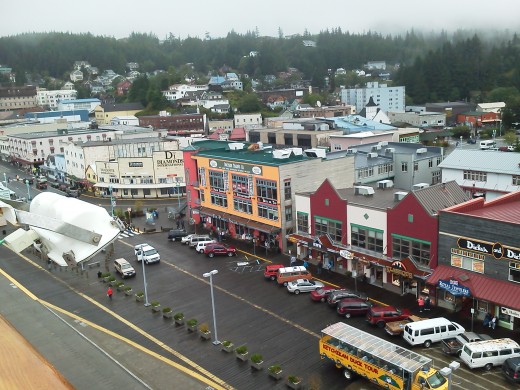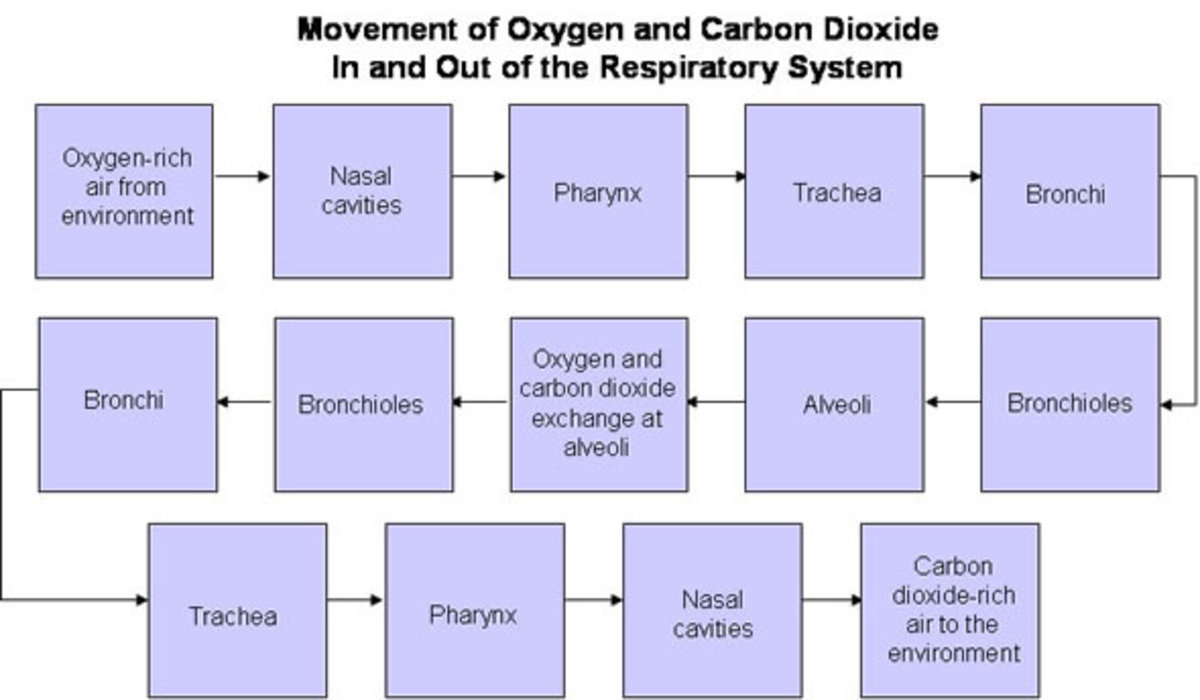Feeling Sick Daily? Suspect Sick Building Syndrome
Nothing Beat Natures Fresh Air

Indoor Air Cleaners
We Spend a Lot of Time Indoors

Sick Building Syndrome came about as environmental health experts realized unsafe breathing air could be inhaled indoors.
And bad indoor air quality typically occurs after moving into a new building, after building renovation, or even after new retail merchandise is displayed. It is good for you and your family to know, almost all new materials installed indoors emits toxic gases that require time to off-gas prior to occupancy. Some materials are more toxic than others.
Never the less, anything manufactured requires some form of chemical, or change process to make a product. If you occupy a work space with other employees, it will be essential for your employees and customers to have adequate ventilation to displace toxic gases if your retail or office space emits these fumes.
Indoor material off-gassing and effects on employee health was not fully understood until later and throughout the 20th century as employees moved into new working spaces. EHS (Environmental Health Services) observed people that got sick from their working environment. This cause and effect relationship created air ventilation and off-gassing requirement standards prior to building occupancy.
A specified time to off-gas a new space through fresh air ventilation and exhaust air is now standard EHS practice. Building construction materials high in toxic gas concentration to name a few: Carpets, wall partitions, ceiling tiles, paints, concrete subfloor curing, installation sealants, caulking, glues, etc.
Off-gas air ventilation processes remove the high concentrations of chemical fumes by dissipating the toxic vapor to a degree that makes it safe to breath within the space. And once this process of off-gassing is complete a feeling of sickness or immediate health concern is no longer the case.
However, this does not mean that within retail clothing stores, that if fresh air ventilation is not up to code, one will not have a feeling of sickness. Especially if high concentrations of off-gassing are occurring in a merchandise retail space, where that merchandise was recently manufactured and displayed as opposed to sitting in a warehouse for a month.
Why does off-gassing occur within a retail store?
Because the clothing industry uses a lot of chemicals to process the clothing you wear. And if ventilation in a high volume clothing retail space is not adequate, high concentrations of toxic gas will expose customers that are sensitive to the gas to the ill-health effects. It takes time for the new smell to dissipate. Think of this as that new car smell. Yes, your car need to chemically off-gas, and that new car smell is not necessarily good for your health.
Also, similar to sick building syndrome, a similar off-gassing problem occurs with many chemicals used in our everyday house cleaning products! Although household cleaning agents is not the topic of discussion here, it is noteworthy to mentioned that you may/may not be aware, many everyday cleaning items you assume are safe, emit toxic gases when inhaled/or touched and not safe to breath, or absorbed through the skin, which can cause respiratory or circulatory problems. Proper ventilation and protective clothing is the key here to avoid ill-health effects during/after use.
My first exposure with “Sick Building Syndrome” was experienced as a child and not realized fully until later in life during my stent as a corporate facilities manager.
As a child, my mother was more or less a professional seamstress;
I was brought to the fabric storehouses where she would spend countless hours rummaging through the numerous dress design pattern-templates and rolls of fabric. Yes, these fabric houses were loaded with materials that were constantly off-gassing due to poor air ventilation unbeknownst to me.
I remembered at a young age I would beg my mother not to take me to these places, as I always felt sick after a short period of time inside of these fabric stores. Of course, she assumed my ailment was brought about by pure boredom with no medical basis to back my complaints. I was ignored because of my age (3-6 years old) and for lack of a better understanding of what was happening to me, “I passed out in the children’s play area” due to the toxic fumes.” Good for mother, bad for me. Once out of the store's environment I immediately got better. It is very understandable in those days; my mother would not understand what was going on. Only that a small kid was bored and fell asleep.
As an adult I still experience sick building syndrome at certain retail establishments.
No matter the retail space, it can be clothing, sporting goods stores, or newly commissioned buildings have this effect on me. The last severe episode occurred while in a brand name sporting goods store about 20 years ago. I remember walking into this sporting goods store with my wife to pick up some new camping gear. But during this shopping experience the chemical off-gassing in the store was so strong I quickly became disoriented and felt I was going to go unconscious.
My wife and I immediately left the store. It wasn’t until this episode my wife realized I was not faking this sickness to get out of shopping with her [“come on, a sports store, hello”]. There was no way I wasn’t excited to be shopping in this retail store. I only got 20 feet into it and had a severe reaction.
I made a believer out of my wife, from that point forward. She now knows retail stores can definitely have an effect on a person’s physical well-being. All the while she thought I was bored shopping with her at other retail stores until this event occurred. Although in many cases I don’t like to shop for clothes, it is only because of this association of clothing and a feeling of sickness I dread shopping.
For me, this association of feeling sick actually occurs whether the experience is physically real, or not. I do know when it is having a real physical effect on me. But unfortunately, it’s hard to get me shopping because I fear a bad reaction. When you have experienced a bad reaction, you’ll have a certain reservation about experiencing it again.
The best advice I can give you.
If you walk into a store and smell of strong chemical odor, or you begin to feel sick, immediately leave and shop at a different store with a better ventilation system. Let management know you’ll be back after they improve their ventilation system to bring in more fresh air. I will not step foot in any store that brings about an immediate feeling of sickness. You'll know this feeling because you'll have a sense of disorientation, also you’ll feel off balance and eventually you'll feel like you need to lay down for fear of passing out.
In most cases, even with good ventilation, I cannot stand to be in most stores with lots of new carpet and clothing for more than 30 minutes. Most material off-gassing you breathe also have “known carcinogens.” Do not take my word for it, go to any search engine on the Internet and type in “Off-gassing and carcinogen,” you be the judge.






